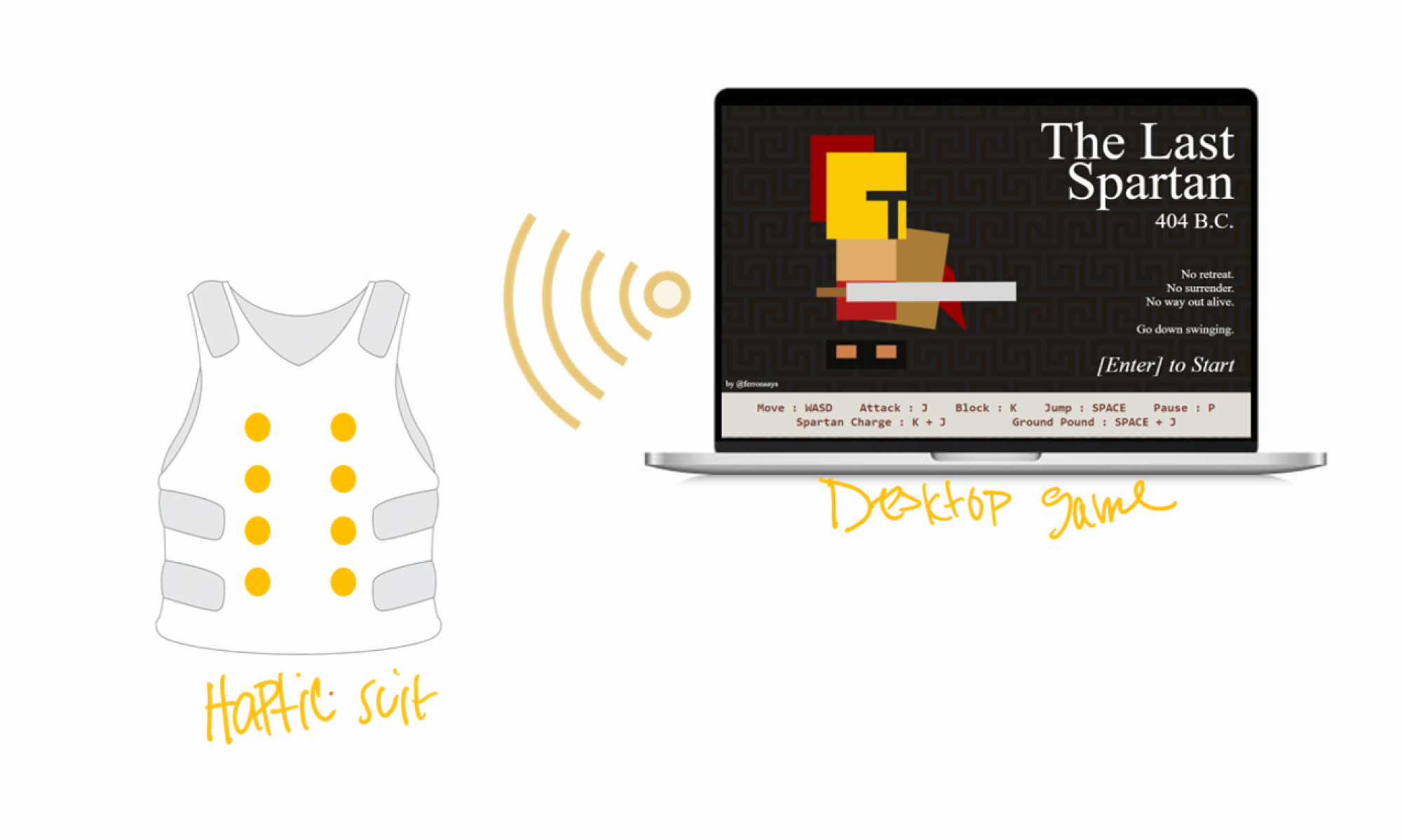Updates for the week
This week, I focused on laser cutting the motor mounts, arduino case, and pocket squares as well as working with Bethel to get communication between nodejs and the WIFI rev.
I laser cut the motor mounts out of the rubber sheet I demonstrated last week, only now they have holes aligned with the PCB holes so that we can fasten the mounting plate to the PCB. I also fixed the tolerance of the Arduino case lid, and used fabric to laser cut 20 pocket squares to the same dimension.
I spent the bulk of my time this week working with Bethel. At first we tried sending an HTTP post request to the WIFI rev, and after several tries we were able to see the correct request message. An image of the serial monitor can be seen here. We sent “ANYTHINGGG: KJNGDFGKJD”. The only problem with this was that it wasn’t synchronized to the game event actions. When we played the game on the website, it wasn’t transmitting any sort of data to the WIFI rev. From here, we switched tactics and opened a socket connection which was synchronized to the game, it sent data at a good frequency (which we will time later since at this point we are only concerned that we receive the correct data) but it doesn’t send the game data we want (i.e. ‘F’ for jump or ‘0’ otherwise). An image of the serial monitor output from this method can be seen here.
Progress On Schedule
So far I’m on schedule, but with about ~3 weeks left, I understand that if we can’t get the wireless communication to work, then we have to revert to the wired solution. This is so that we don’t fall behind on testing and validation.
Testing Plan
The deliverables I’ve been testing so far have been the wireless range and seeing if the Arduino IDE receives nodeJS response. To test the wireless range of both the Arduino and the controller, I just moved 6+ ft away from the laptop to see if I could still see a response/play the game. Both of these currently work.
The Arduino IDE is receiving a nodeJS response, just not the one we want so that test has been forthcoming. Once this works, I’m planning on printing the time between each of the responses in the Arduino IDE and computer running the nodeJS. I will take the difference to see how long it takes for the Arduino to receive a response once it’s sent and see if it meets our latency requirements from the game to the Arduino IDE. Afterwards, we will measure how long it takes the Arduino to send the response to the motor/light systems.
Deliverables for next week
- Continue working with Bethel on getting the relevant game data to the wifi rev before the end of the week.
- Crimp the motor systems so that they are able to be plugged into the PCBs
- Synchronize the timing of my forceful jump light algorithm with sophia’s forceful jump motor algorithm.
